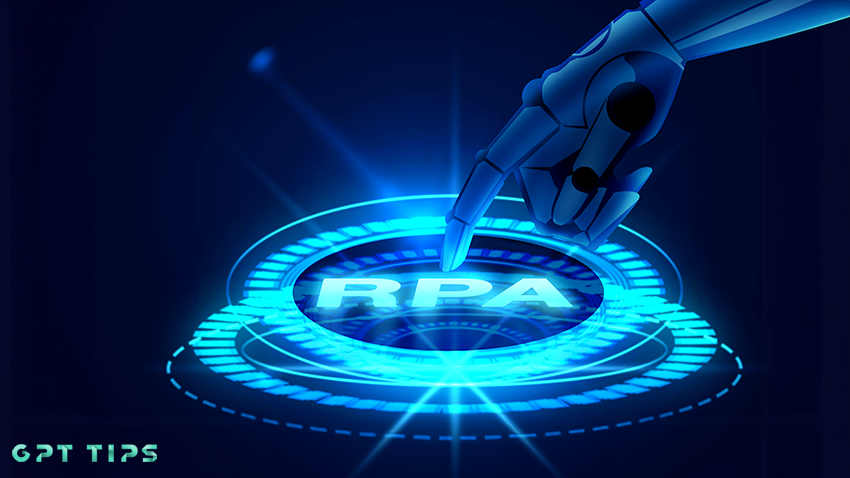In today’s fast-paced business landscape, efficiency is the key to success. Companies are constantly seeking innovative solutions to streamline operations, reduce costs, and enhance productivity. This quest for efficiency has led to the emergence of transformative technologies like Artificial Intelligence (AI) and Robotic Process Automation (RPA). When combined, AI and RPA create a powerful duo that can revolutionize the way businesses operate, making them leaner, smarter, and more competitive. Keep reading to find out more about AI and Robotic Process Automation (RPA): A Powerful Duo for Business Efficiency.
The Synergy of AI and RPA
Artificial Intelligence, with its ability to mimic human intelligence, and Robotic Process Automation, designed to automate rule-based, repetitive tasks, may seem like an odd couple at first glance. However, when integrated seamlessly, they offer a synergy that can drive unprecedented levels of efficiency.
- Enhanced Data Processing: AI-powered algorithms can analyze vast amounts of data in real-time, identifying patterns and making data-driven decisions. RPA, on the other hand, can automate data entry and extraction tasks with precision. Together, they ensure that data is not only processed faster but also with greater accuracy.
- Intelligent Decision-Making: AI can interpret data and generate insights, enabling RPA bots to make informed decisions during automated processes. For example, in financial institutions, AI can detect anomalies in transactions, and RPA can trigger immediate actions, such as freezing suspicious accounts.
- Improved Customer Service: AI-driven chatbots and virtual assistants provide immediate responses to customer queries, while RPA can handle backend tasks like order processing or appointment scheduling. The result is faster, more efficient customer service that operates round the clock.
- Cost Reduction: By automating repetitive tasks and enabling efficient data processing, businesses can reduce labor costs and free up human employees for more value-added activities. This cost reduction can be significant, especially in industries with high transaction volumes.
- Scalability: AI and RPA solutions are highly scalable. As businesses grow, they can easily expand their automation capabilities to handle increased workloads without a corresponding increase in labor costs.
Real-World Applications
The AI-RPA duo has found applications in various industries:
- Finance: Banks use AI and RPA to automate account reconciliations, fraud detection, and compliance reporting, reducing operational risks.
- Healthcare: AI-powered diagnostic tools and RPA bots for administrative tasks simplify processes, enhancing patient care and reducing administrative burdens.
- Manufacturing: Predictive maintenance powered by AI ensures that machines operate optimally, while RPA manages supply chain and inventory processes efficiently.
- Customer Service: Chatbots and virtual assistants resolve customer inquiries swiftly, while RPA handles backend order processing and returns.
Challenges and Considerations
While the benefits of AI and RPA integration are evident, there are challenges to navigate:
- Data Security: Handling sensitive data requires robust security measures to protect against breaches and unauthorized access.
- Employee Concerns: Automation can lead to concerns about job displacement. It’s crucial for businesses to communicate the role of automation in augmenting human capabilities rather than replacing them.
- Integration Complexity: Integrating AI and RPA into existing systems can be complex and may require changes to existing processes.
You Might Also Want to Read: Efficiency Boost: Automate Tasks Using AI Solutions
Conclusion
AI and Robotic Process Automation are more than just buzzwords; they represent a significant shift in how businesses operate. When leveraged together, they offer a potent combination that can drive business efficiency to new heights. Whether it’s optimizing data processing, enhancing customer service, or reducing operational costs, the AI-RPA duo is proving its worth across industries. To stay competitive in today’s rapidly evolving business landscape, embracing this powerful duo is not just an option but a necessity.
Subscribe for the latest news & updates.





Leave a Comment